During the Middle Kingdom and Second Intermediate Period, the Two Lands of Egypt were reunified and ancient Egypt experienced significant cultural shifts.
c. 2030–1650 B.C.E.
During the Middle Kingdom and Second Intermediate Period, the Two Lands of Egypt were reunified and ancient Egypt experienced significant cultural shifts.
c. 2030–1650 B.C.E.
We're adding new content all the time!
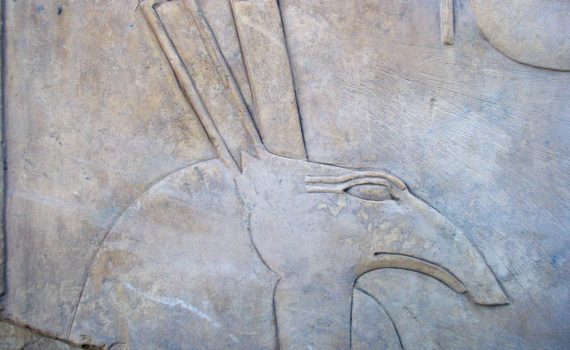
Egypt’s mythic world, rich with creative imagery, was deeply informed by the natural world that surrounded them.
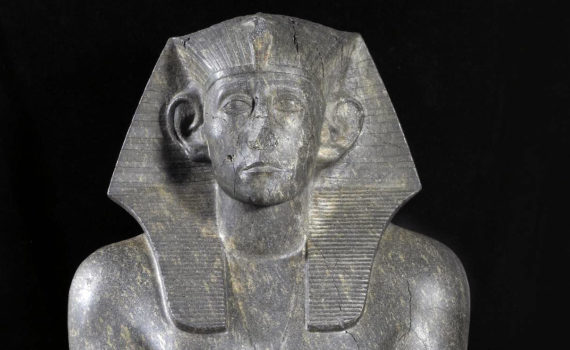
An overview of the Middle Kingdom and Second Intermediate Period in ancient Egypt

This life-size statue of Senwosret III is one of three very similar statues excavated from the site of the funerary temple of King Nebhhepetre Mentuhotep II
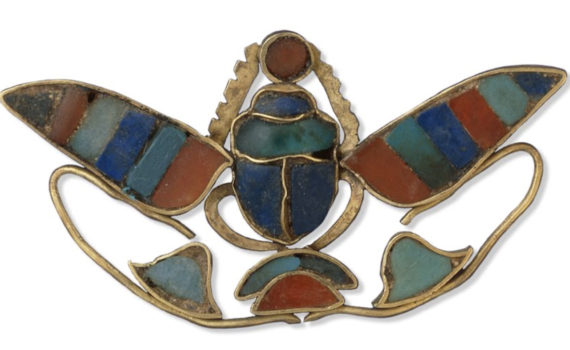
This piece of jewelry from Middle Kingdom Egypt is a pendant in the form of a winged scarab.
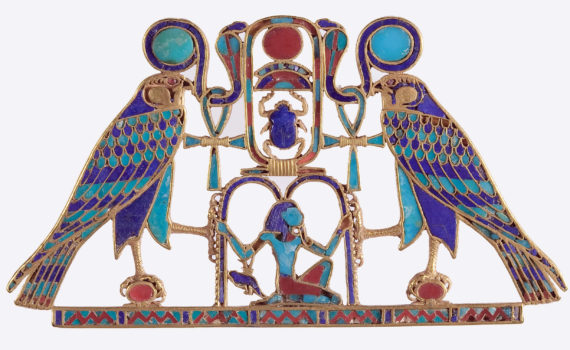
"You have to imagine that nobody really saw this except the princess."
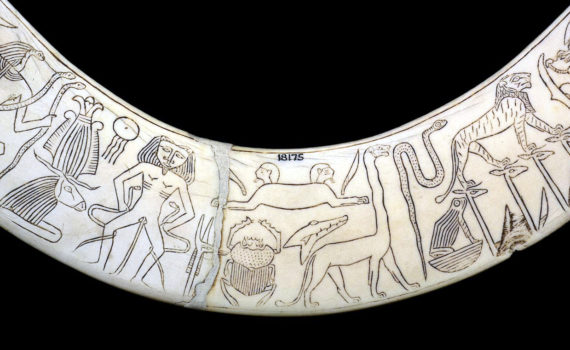
These magic knives, also known as apotropaic (that is, acting to ward off evil) wands, were one of the devices used to help people in childbirth.
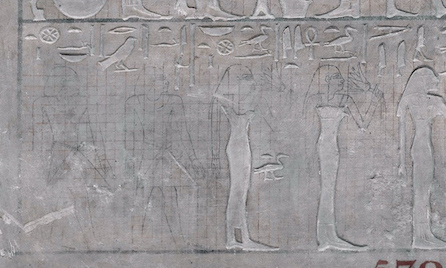
The unfinished decoration of this stela is particularly interesting: the lower part is still covered with the grid used for ensuring that the proportions of the figures were correct
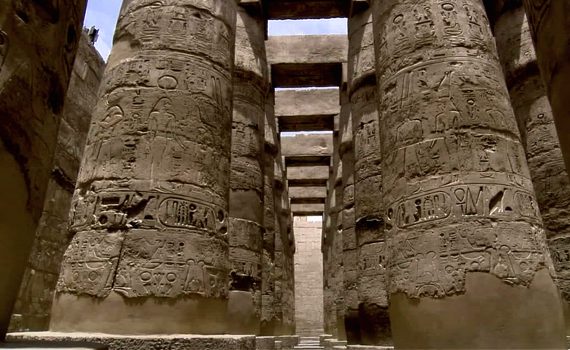
From temples on the east bank of the Nile to the Valley of the Kings, Thebes was a wonder of Egyptian Civilization.
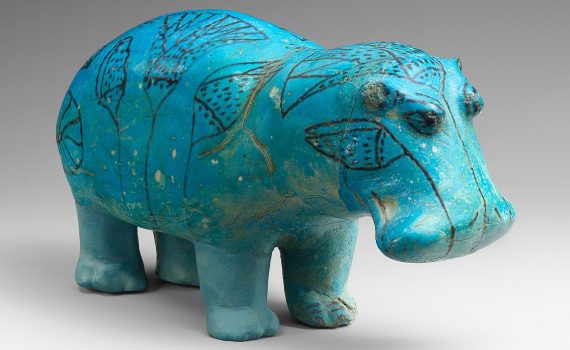
This hippopotamus, found in a tomb, carries symbols of life and death, regeneration and chaos—why was it broken?